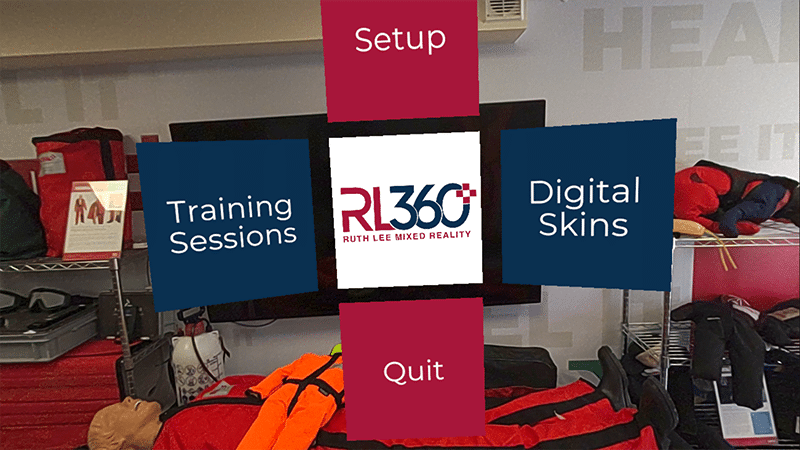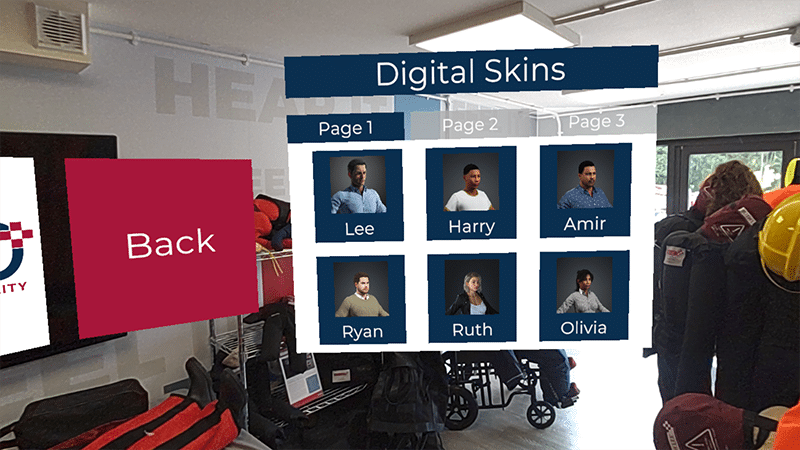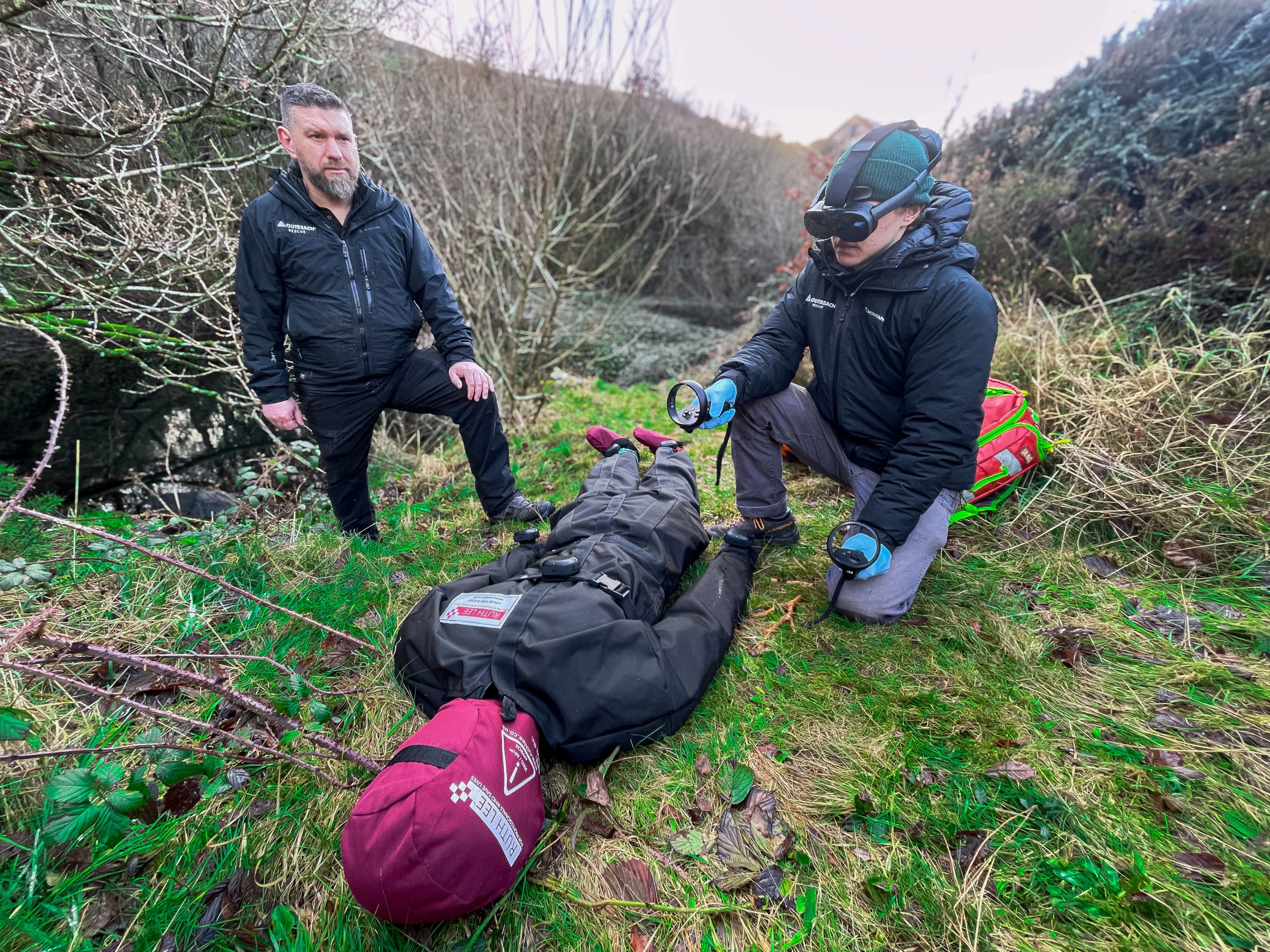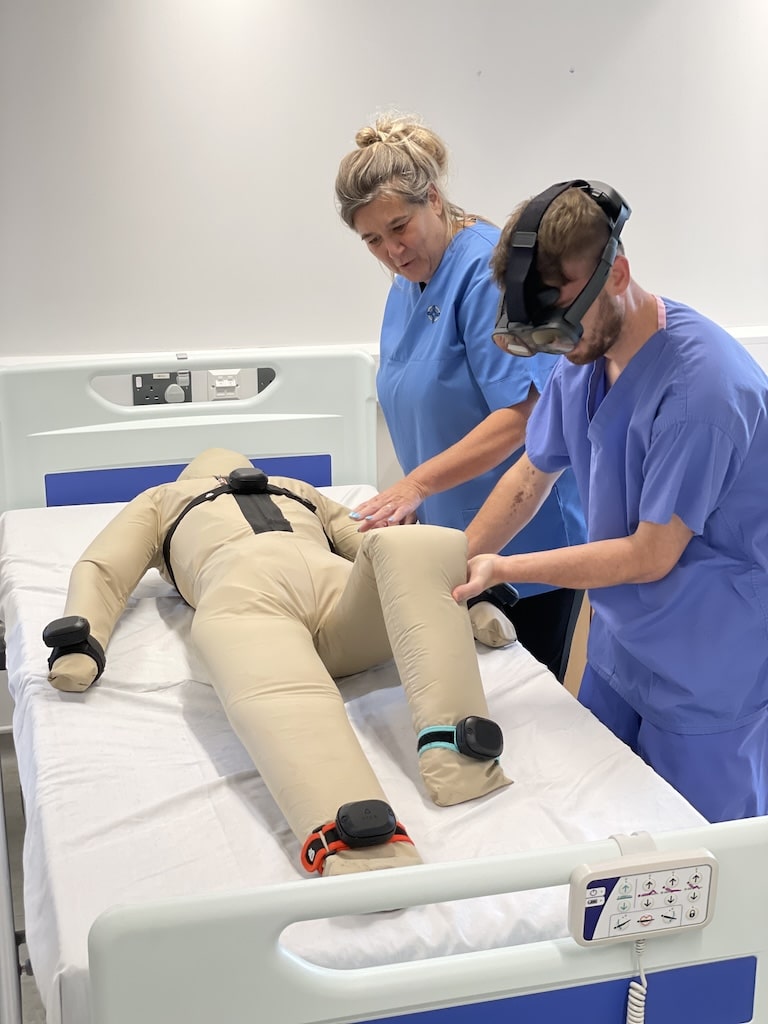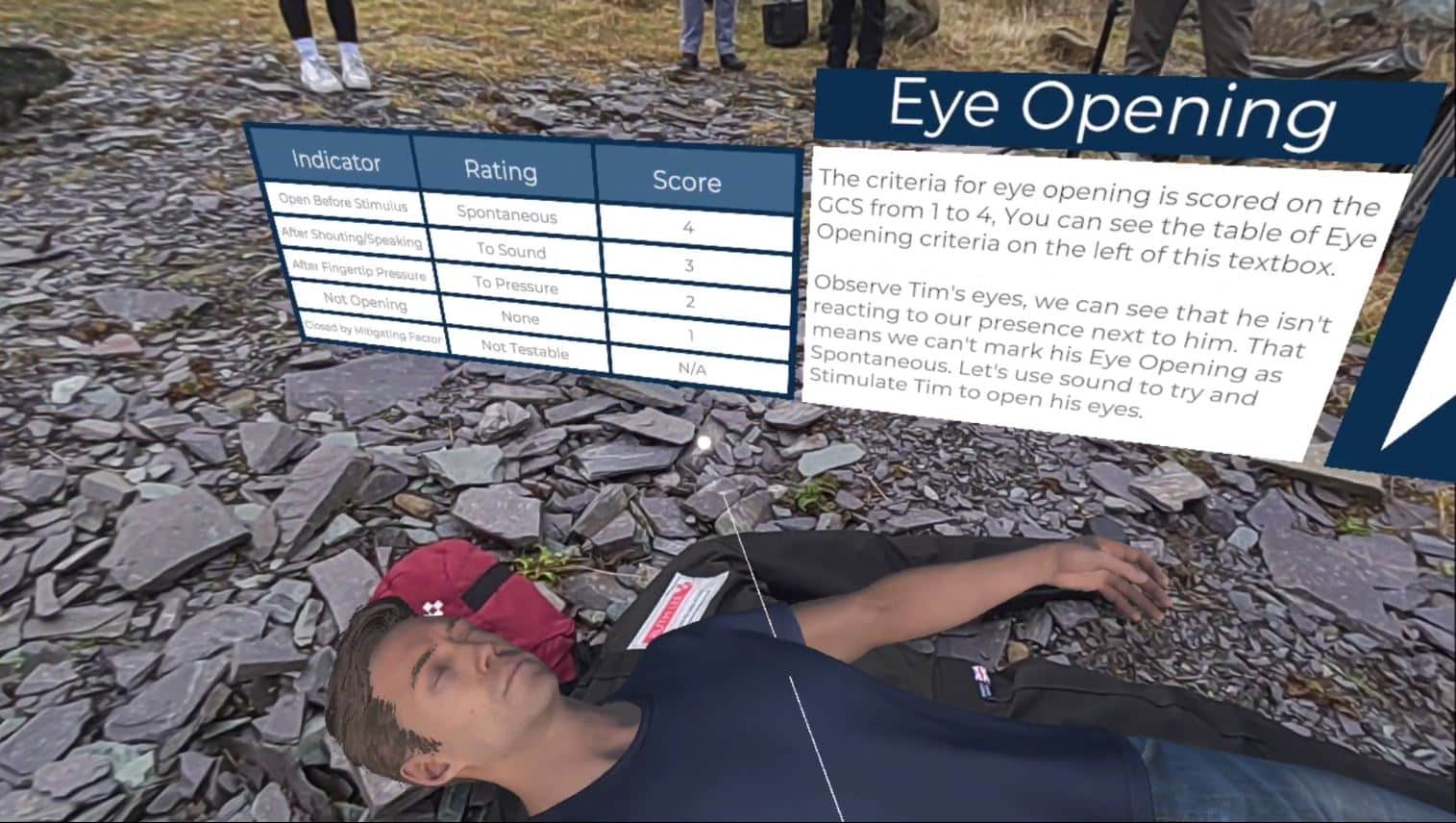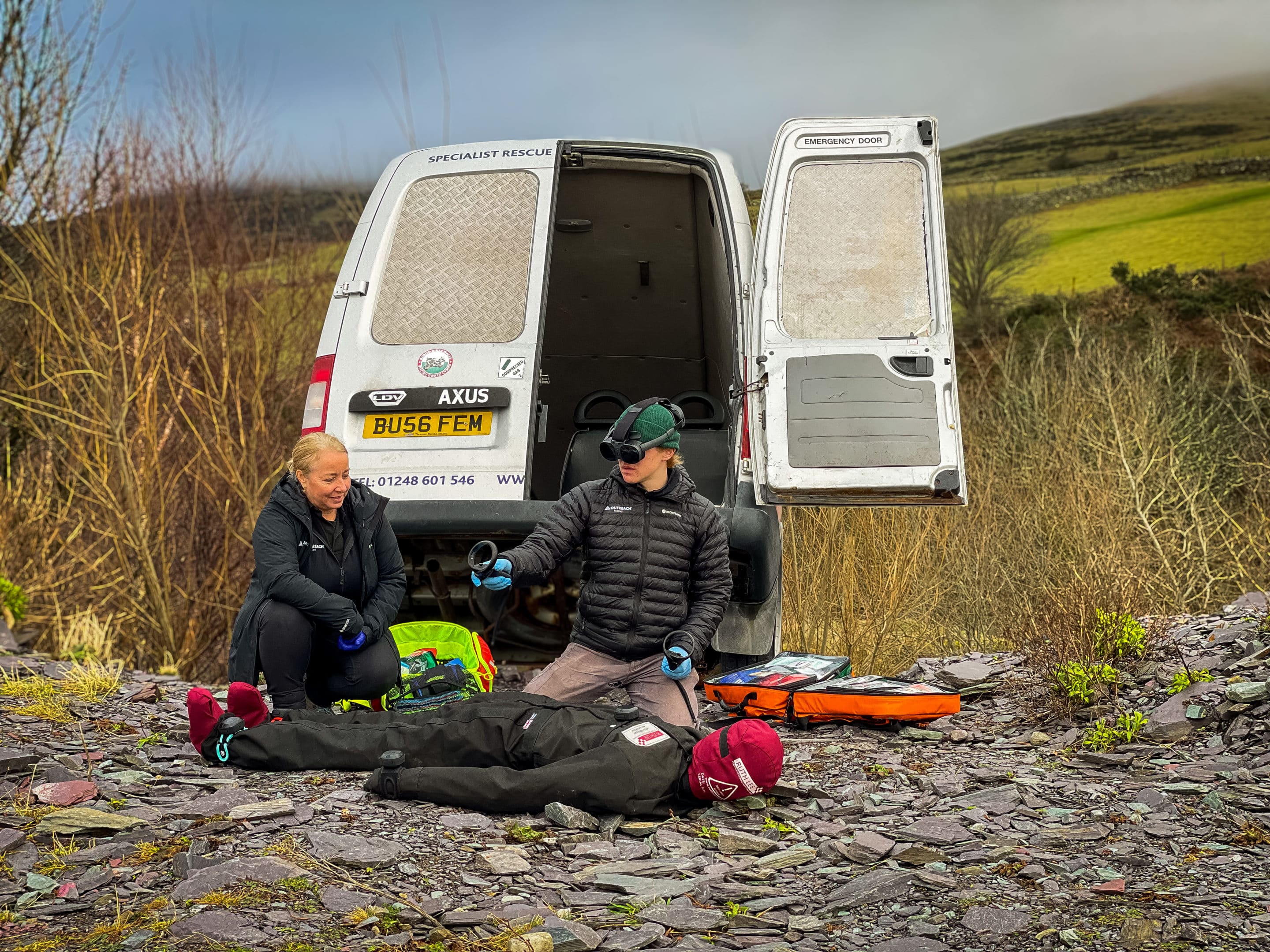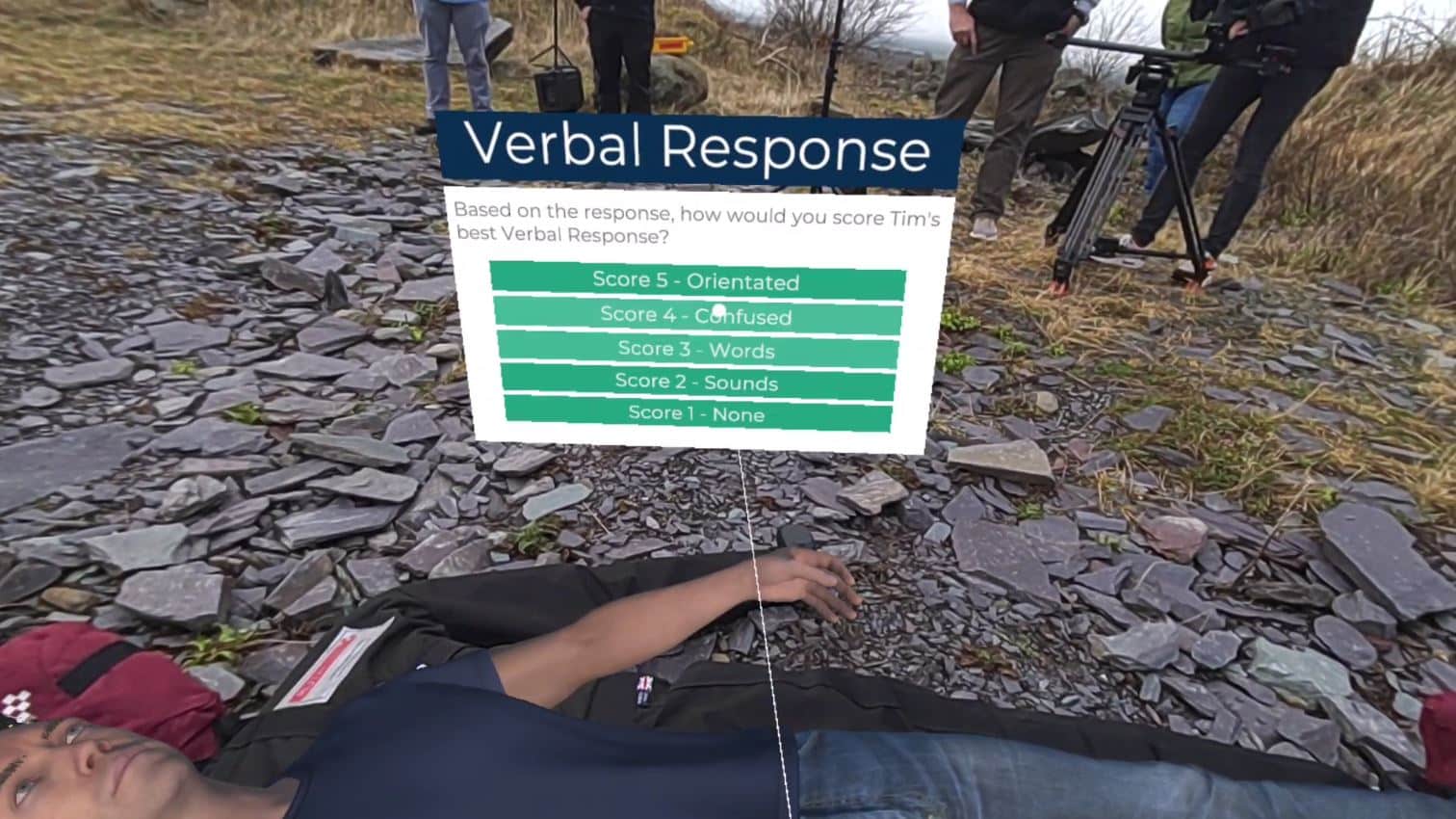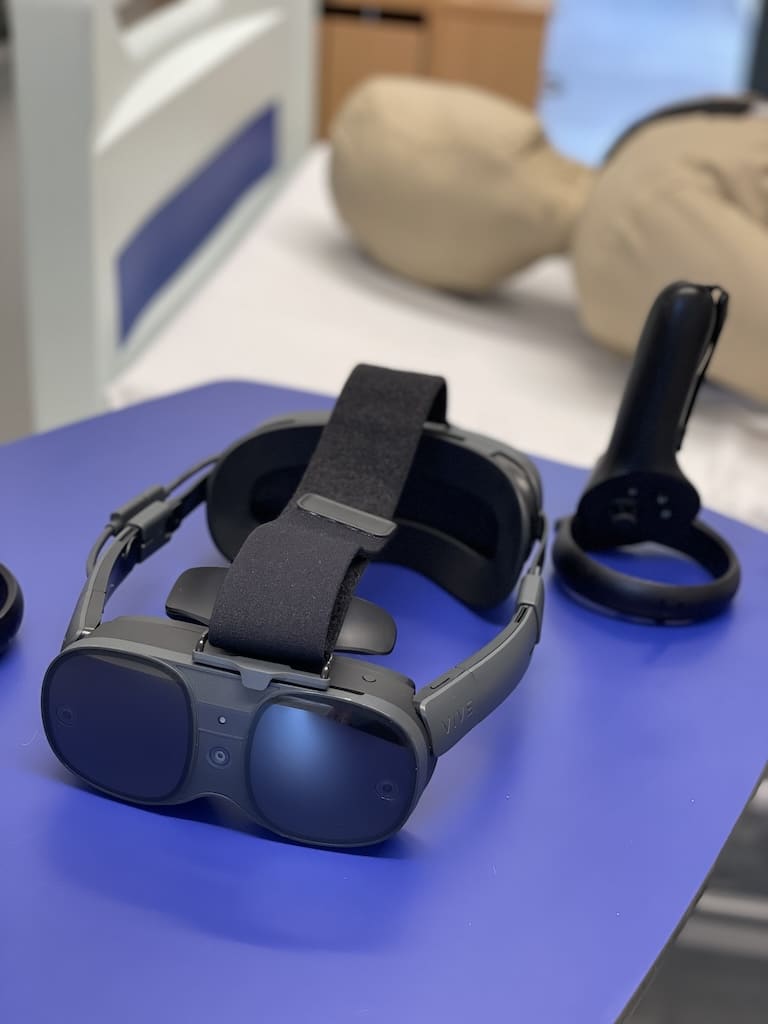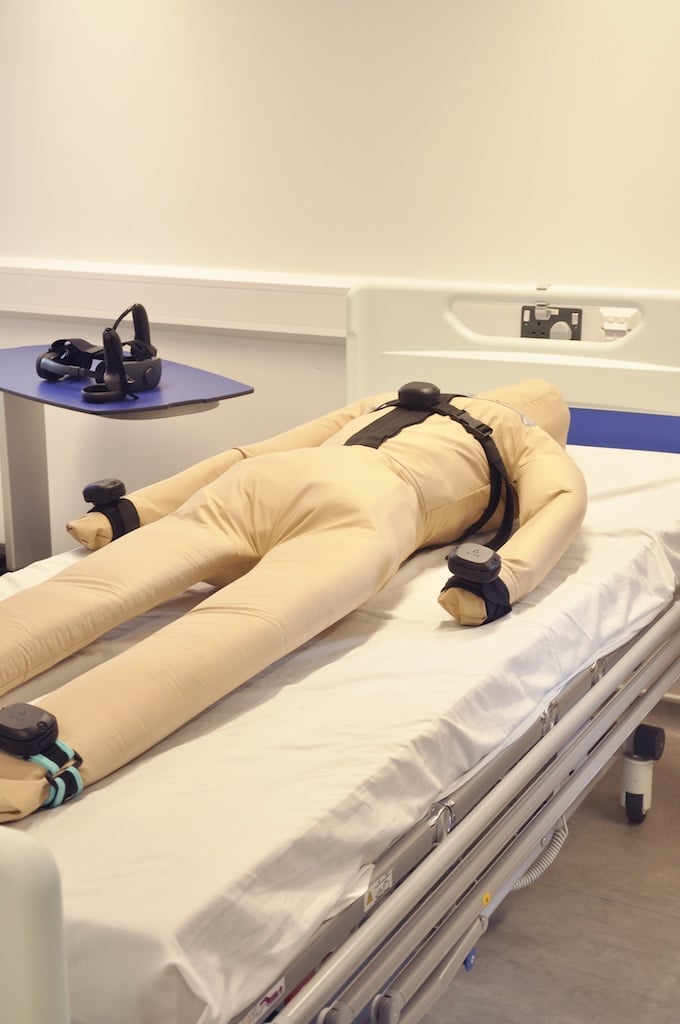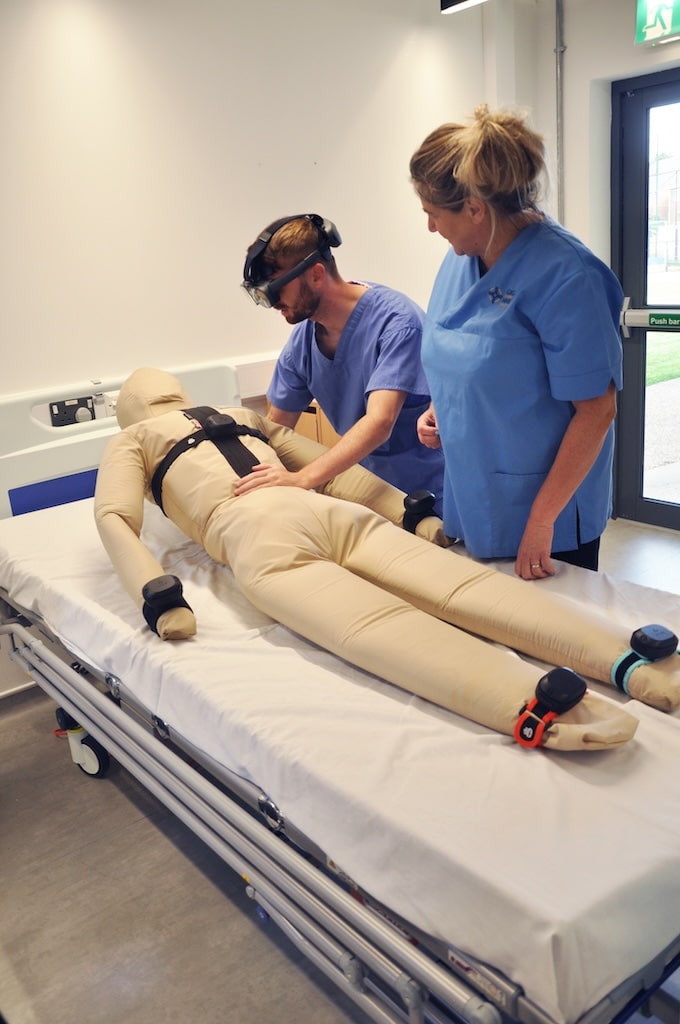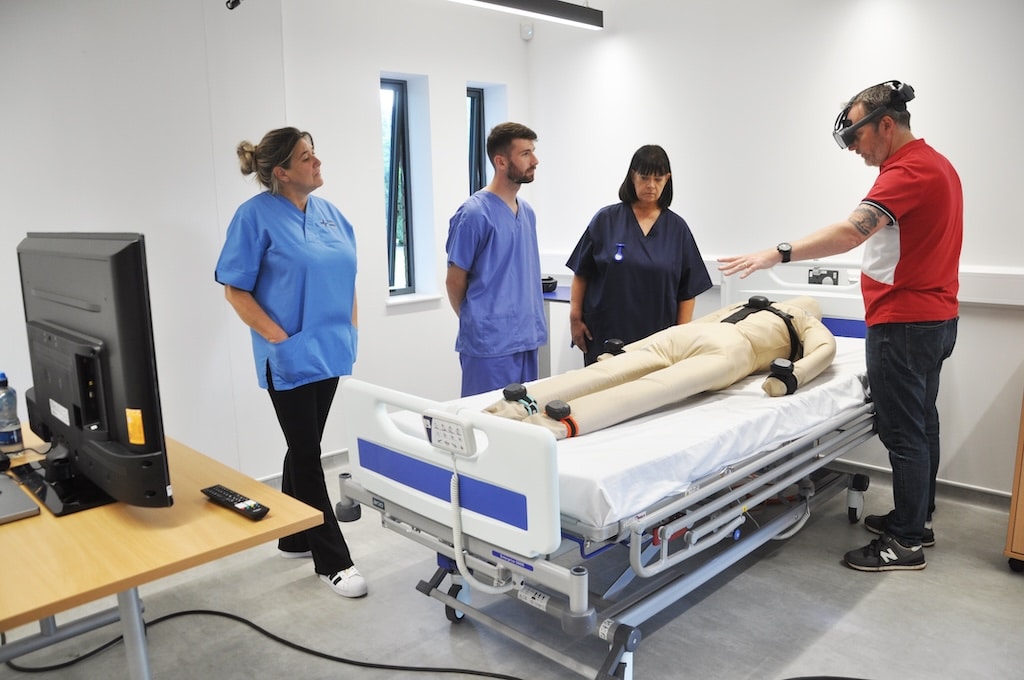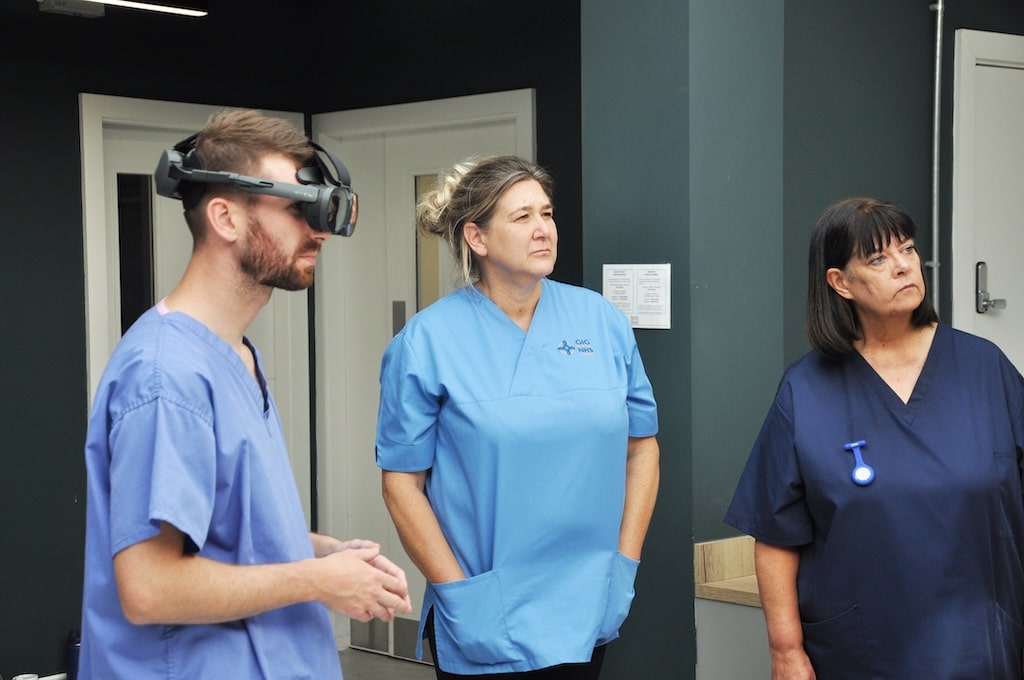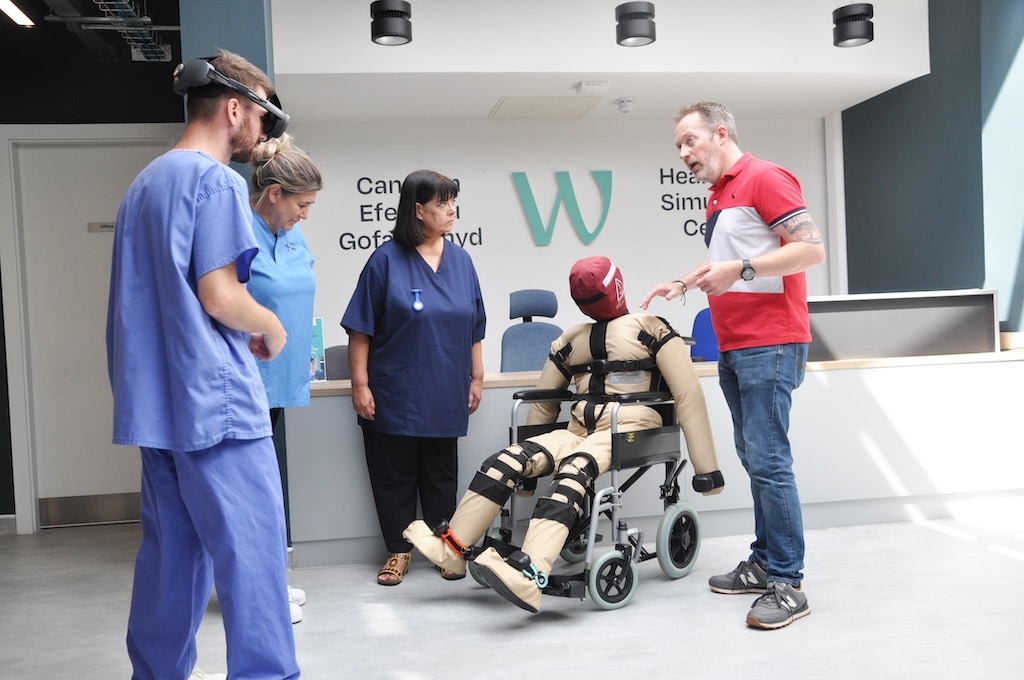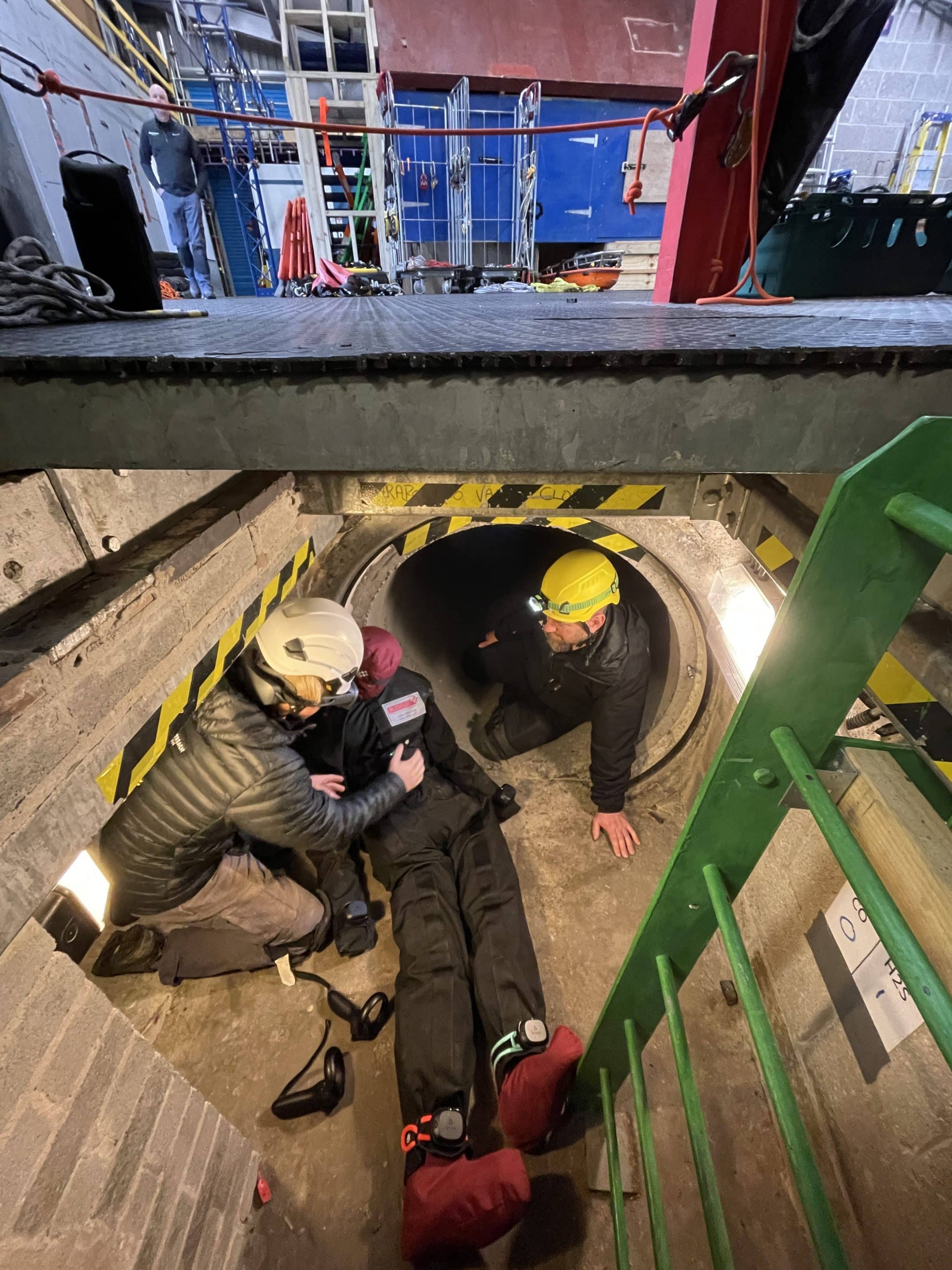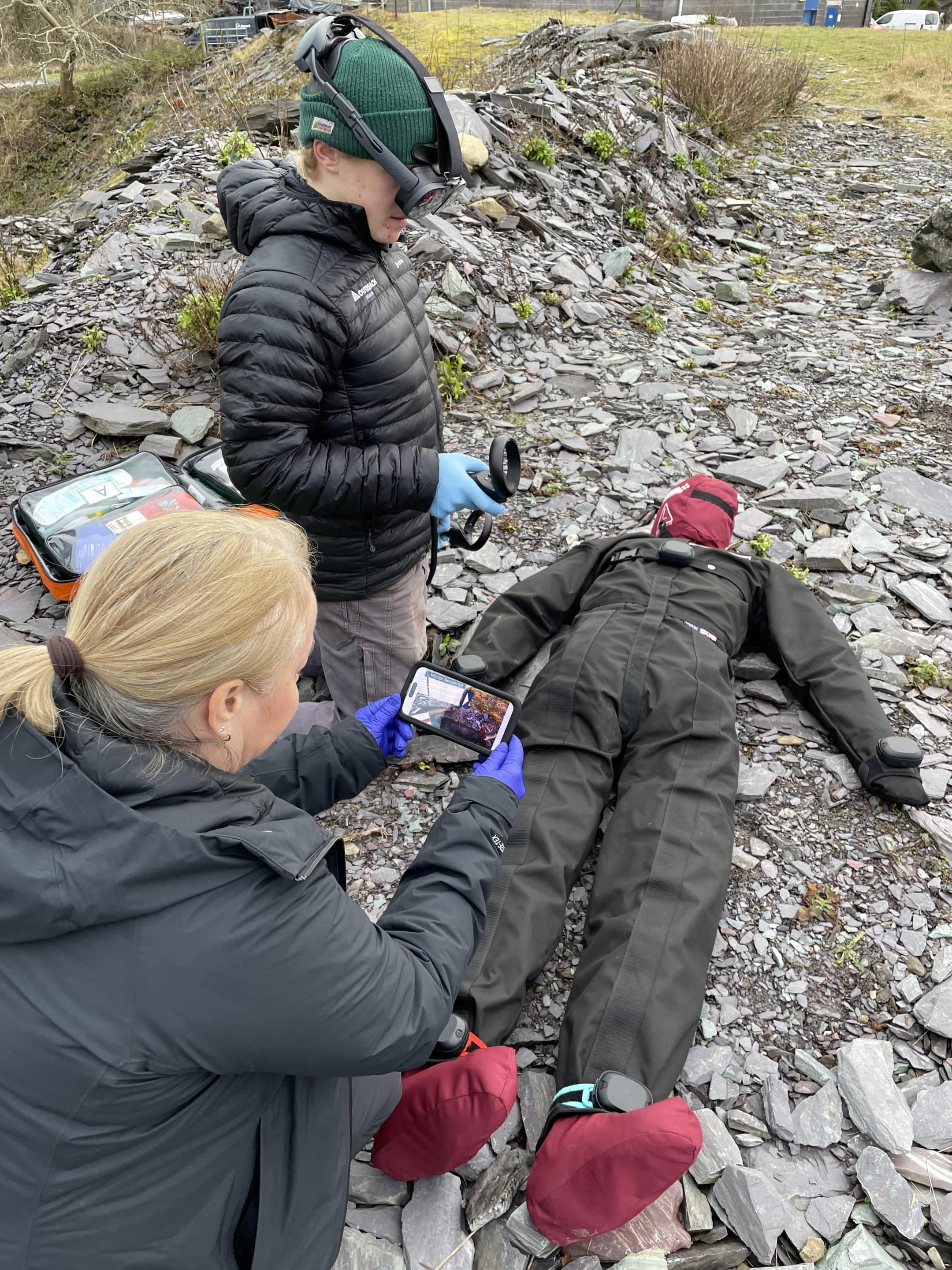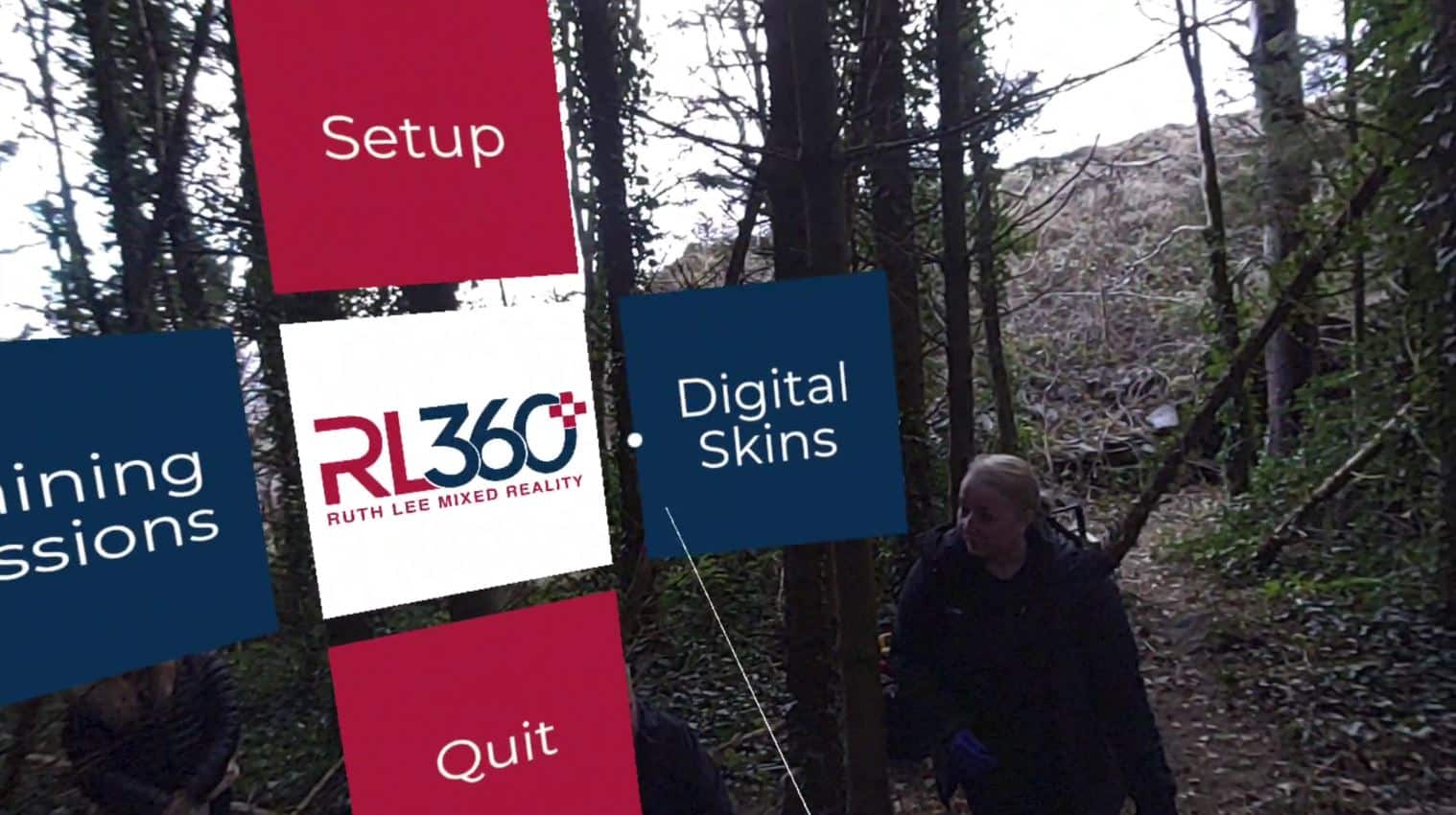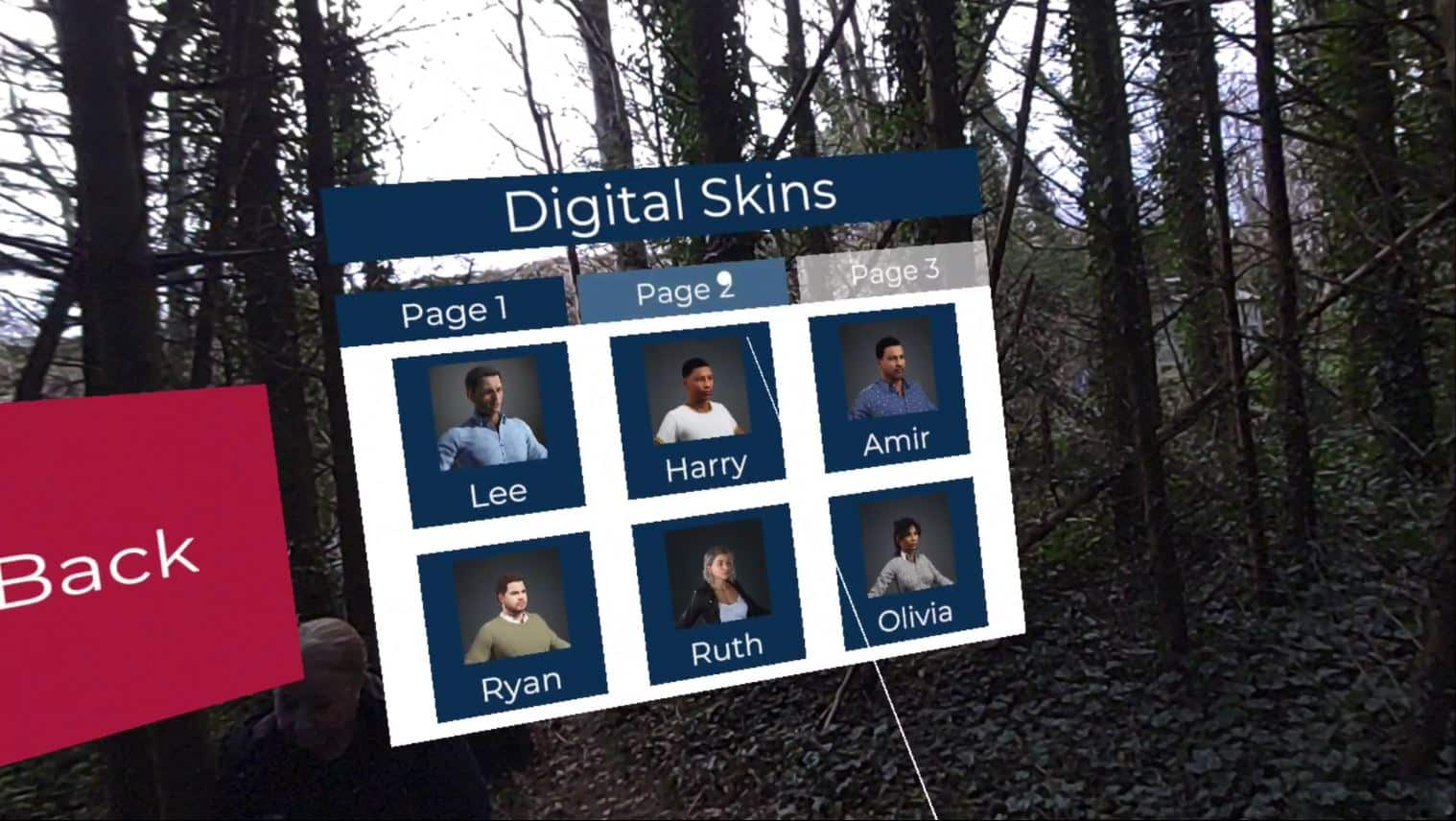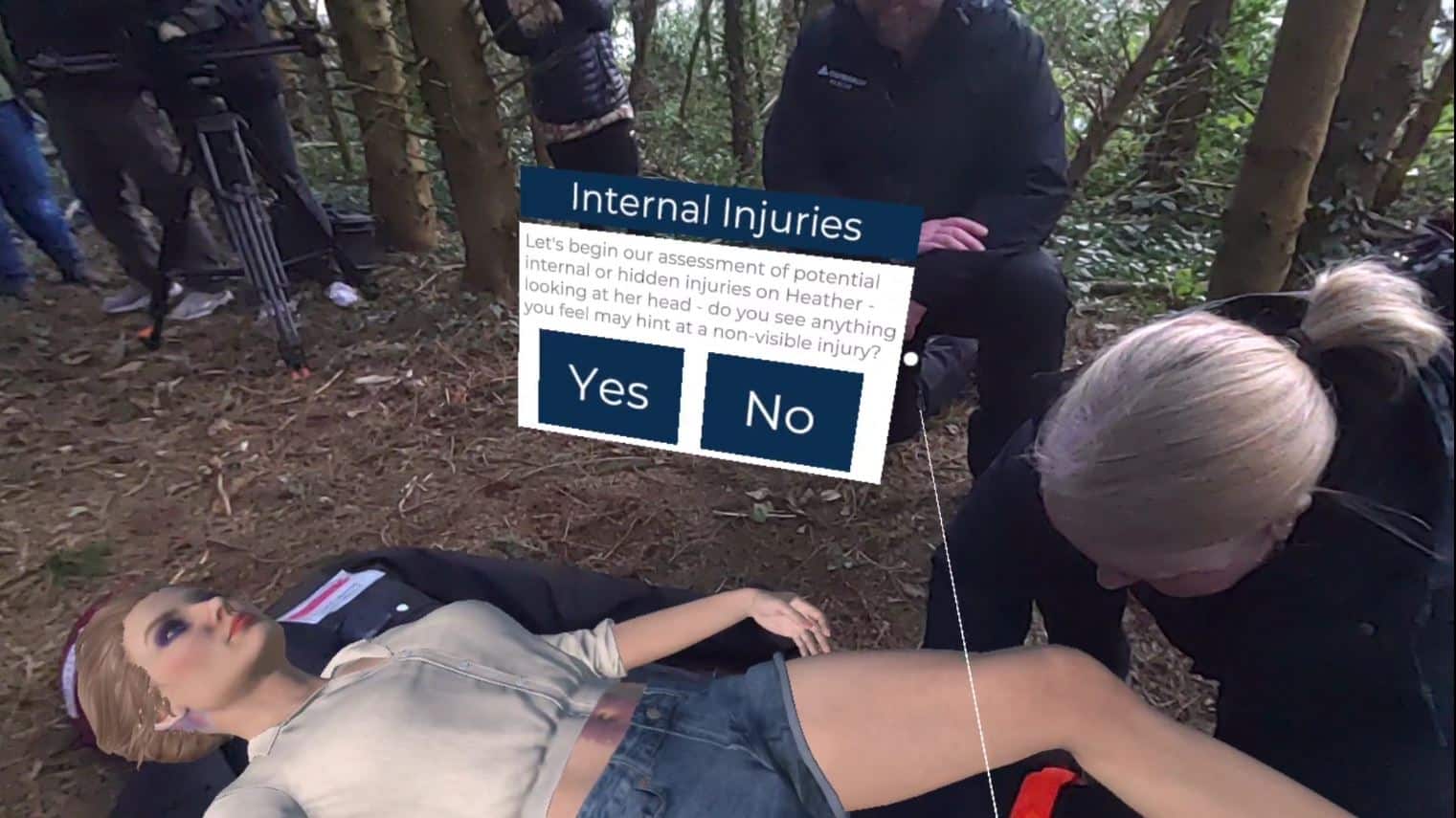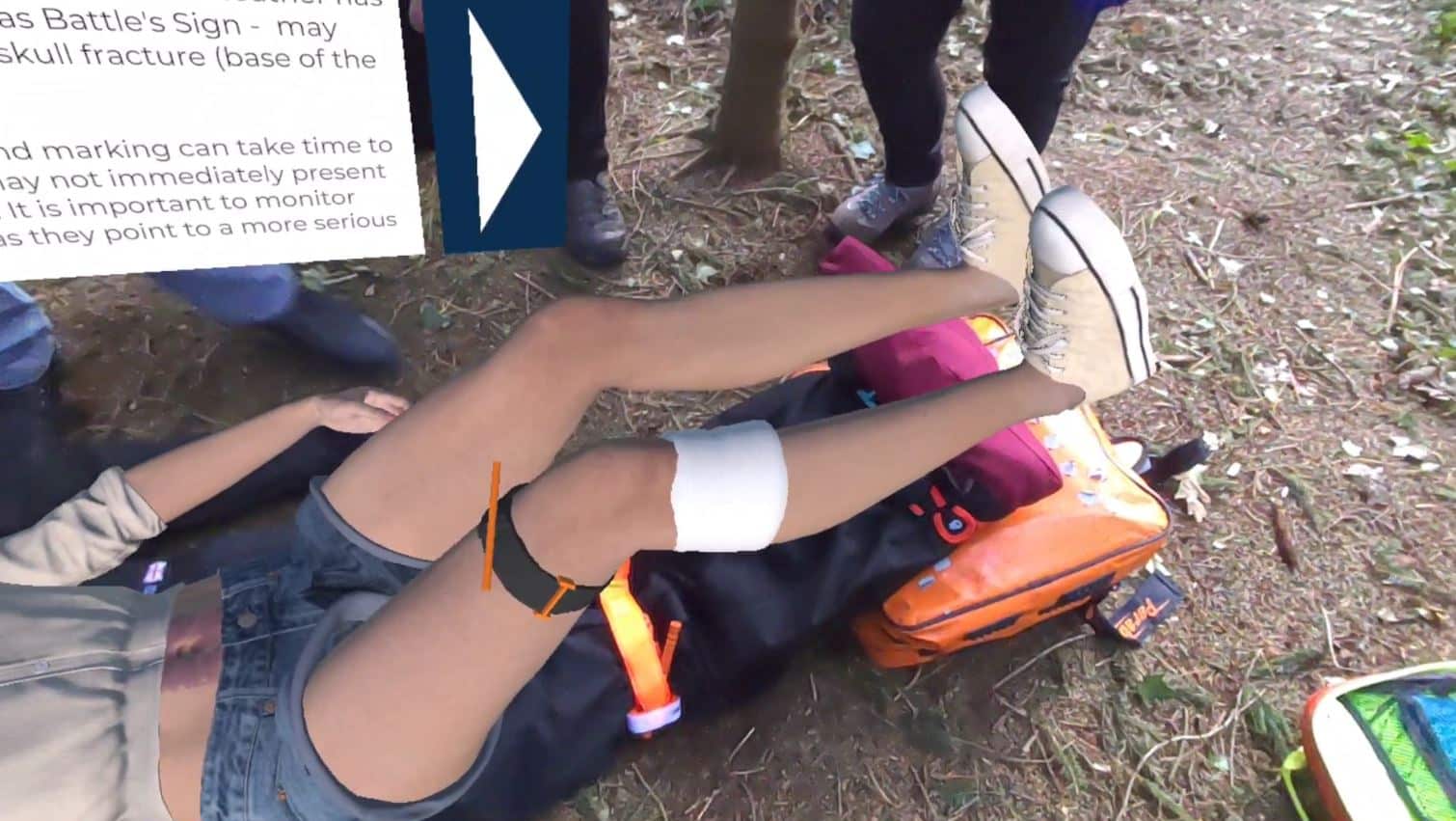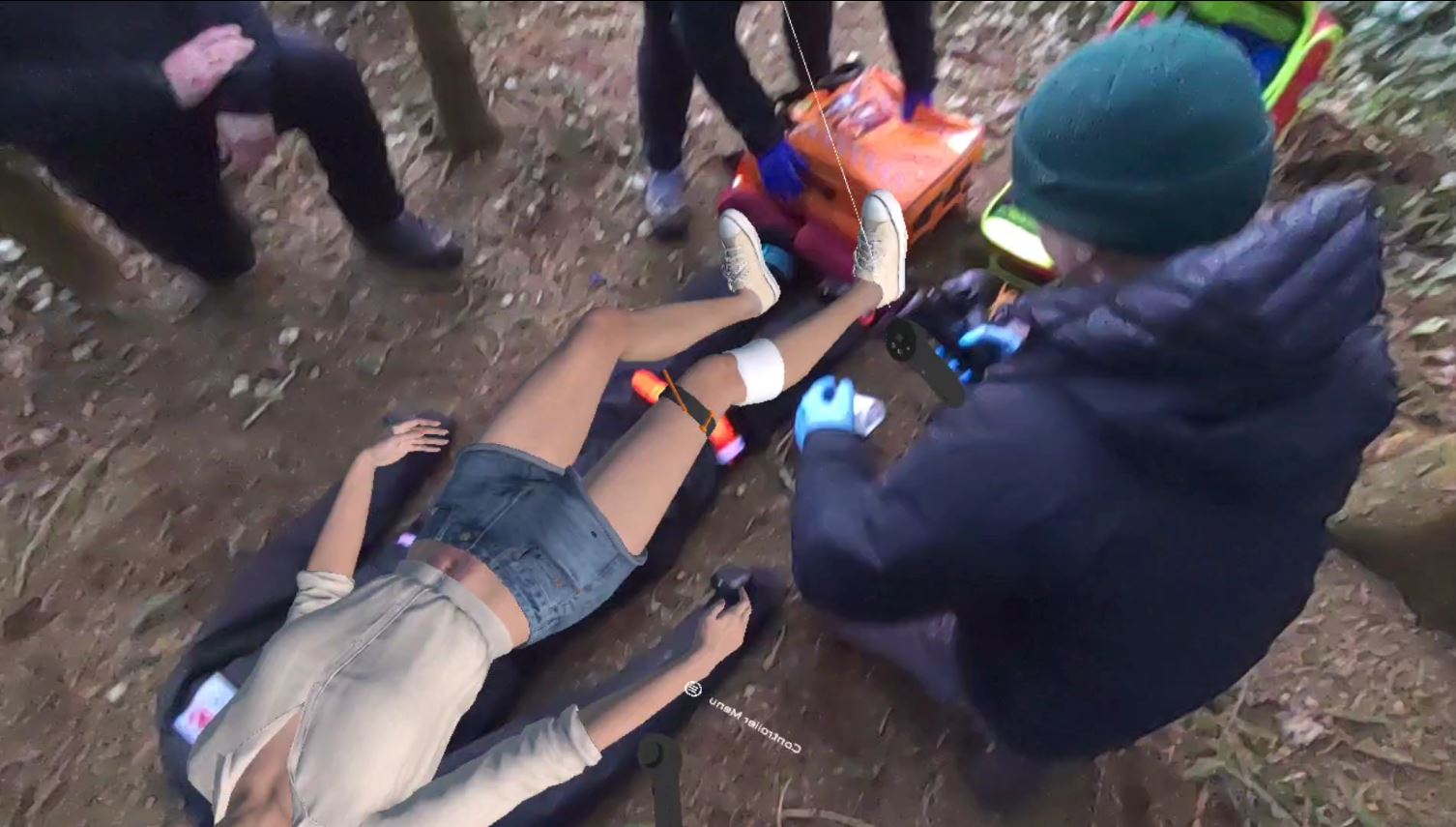Brought to life…through a lens!
RL360 – Ruth Lee Mixed Reality
Ruth Lee 360 is an innovative new technology that brings your training, and manikins, to life!
Combining the realistic manual handling aspect of using weighted manikins with cutting-edge mixed reality technology, Ruth Lee 360’s training platform brings realistic animation and humanised interaction to your training scenarios.
Our first programme, Trauma Lens lets trainers teach 3 scenarios which are traditionally difficult to teach in a realistic way. This includes:
- Assessment of Head Injuries using the Glasgow Coma Scale (GCS)
- Airway Auscultation
- Assessment of Traumatic bleed
Innovative
Take your training to a whole new level of reality, with digital skins and animation to bring your manikin to life.
Exciting
Train for previously difficult to simulate scenarios such as head injury, breathing sounds and serious trauma.
The Future
Regular updates provided at no extra cost - along with our industry leading after-sales support to ensure you get the most from this exciting new technology for years to come.
Key Features
Integration of Physical and Digital Training:
-
- It combines the realistic weight and tactile experience of Ruth Lee Manikins with cutting-edge mixed reality technology.
- Digital skins with realistic animations and reactions enhance humanization and realism in training scenarios.
- Mixed Reality headset allows trainees to interact with real-life props and environments.
- Real-time tracking of manikin movements and digital skin responses.
- Input and testing from various emergency services and paramedic experts to refine features.
- Cast from the headset to a TV or mobile device – the trainer can see exactly what the trainee sees!
Advanced Technology Utilization:
-
- Utilizes VIVE XR Elite headset and VIVE Ultimate Tracker for state-of-the-art tracking and passthrough capabilities.
- It includes 10 digital skins of varying genders and ethnicities on release, with more to be added in future updates.
- Trauma Lens features 3 initial injury scenarios: Bleeding Trauma Injury, Head Injury, and Airways impairment, with plans for additional scenarios.
Exciting Developments ahead:
-
- The beauty of purchasing training software is that users can look forward to more features and developments as time passes – and the best bit? With RL360 Trauma Lens, your annual license agreement includes improvements and new developments.
Key Benefits
- Affordability:
- Provides an affordable alternative to highly fidelity medical simulation manikins or actors.
- Set-up cost includes licenses for specified periods and users benefit over time with new upgrades and scenarios added at no additional cost.
- Adaptability:
- Compatible with a range of Ruth Lee manikins (ask for details) – simply add the trackers which are calibrated to work with our manikins
- Enhances existing physical props and resources by adding a layer of realism.Your manikin will come to live before your eyes!
- Technology allows for rapid development of new scenarios and processes. We actively seek our customer feedback to make sure we develop the scenarios YOU need.
- Futureproofing:
- Regular updates will add new functionality and align with evolving training needs.
- The annual fee covers new digital skins and features, ensuring ongoing relevance and value.
- Innovation:
- Leverages the latest in Mixed Reality technology from industry leaders VIVE.
- Promises increased interaction and training potential through continuous technological advancements.
Trauma Lens
This specialist programme delivers training scenarios for 3 hard-to-teach medical scenarios.
- Auscultation
The action of listening to sounds from the heart, lungs, or other organs, typically with a stethoscope, as a part of medical diagnosis. Trauma Lens lets trainees learn the correct placement of a stethoscope when diagnosing respiratory related issues. - Glasgow Coma Scale
Head injuries can be complex and this module allows trainees to learn how to use the Glasgow Coma Scale. This is neurological scale used to assess a person’s level of consciousness after a head injury and is widely used in medical settings to evaluate and monitor patients with traumatic brain injury. The scale is composed of three components:- Eye Opening (E)
- Verbal Response (V)
- Motor Response (M)
- Traumatic Bleeding Injuries
This module lets trainees assess a traumatic injury which is bleeding. The programme will teach trainees how to identify and treat a bleeding trauma. Starting with assessment and how to correctly apply pressure to stem bleeding. The programme can also switch to tourniquet training, helping to demonstrate best practise related to tourniquet use and identification of potential hidden injuries.
